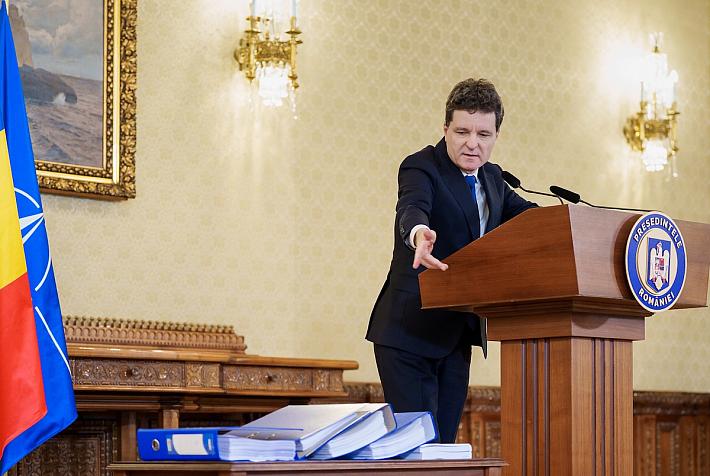Shutting down RO coal power plants means literally turning off the light - study

Not supporting the coal and power group CE Oltenia, Romania’s second largest electricity producer, to pay its CO2 emission rights through state aid would result in a significant power deficit on the Romanian market, a recent study, quoted by Economica.net, shows.
The local production plus imports at the maximum capacity allowed by interconnections would still lag behind peak demand by 1,000 MW in 2022, the first year with no coal-fired units in operations, under the no-state aid scenario.
The study was carried by local power grid operator Transelectrica at the demand of the Government.
The gap will be closed no sooner than 2028. Under a pessimistic scenario, including colder winters and adverse weather (wind), as well as higher local demand (200 MW) the local production plus maximum imports will fail to meet the demand starting 2020 and the gap will never close over the yen-year forecast period.
Under these circumstances, Romania’s Government considers asking the European Commission's consent for RON 10.6 billion (EUR 2.2 billion) state aid for CE Oltenia, to be paid by the end users and used for paying the CO2 emission rights while the company will finance from own funds the development of new gas-fired production units.
(Photo: Complexul Energetic Oltenia Facebook Page)
editor@romania-insider.com













